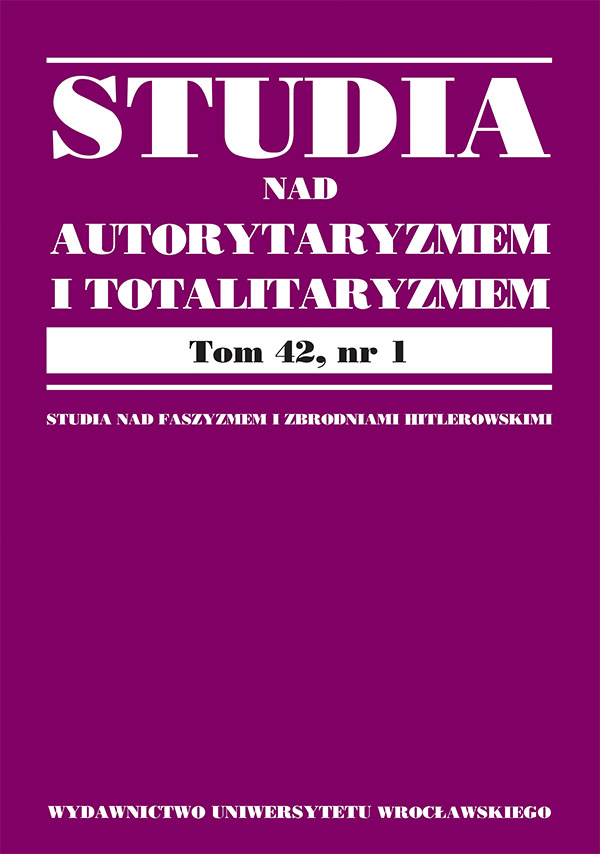

Artykuły

The First Amendment to the Constitution of the United States, which prohibits any abridgement of freedom of speech, must be regarded as a cornerstone of the American social and political order. The number of expressive categories placed beyond the First Amendmentʼs pro-tective mantle is very small. In particular, there is no hate speech exception to the free speech Constitutional clause. The article analyzes the decision of the United States’ Supreme Court in the case of Wisconsin v. Mitchell. The issue at hand concerned the question of whether it is constitu-tionally permissible to enhance criminal punishment for bias-motivated crimes in comparison with crimes motivated by other factors. In those types of cases, the factual basis for meting out a more severe punishment is usually and necessarily provided by a criminal’s expression that reveals the aforementioned bias. By considering such regulations to be constitutional, the Supreme Court cre-ated an exception regarding the First Amendment protections granted to hate speech by permitting the courts — albeit in a very narrow and specific set of circumstances — to attach negative con-sequences to someoneʼs engagement in constitutionally protected expressive activity. The article critically describes the doctrinal justifications given for this conclusion by the Supreme Court, con-sidering them to be cursory and doctrinaire. The author contends that the Mitchell decision is an example of results-oriented jurisprudence, issued with the political aim of combatting hate crimes in mind. While this objective remains a worthy one, it does not — in the author’s opinion — provide a sufficient justification for reducing the scope of the First Amendment’s protection of (admittedly outrageous, immoral, and shocking) expression a majority may find distasteful. While the legisla-tive branch ought to be permitted to consider specific motives as aggravating factors in a crime (at least from the First Amendment standpoint), a penalty-enhancement should not be contingent on the question whether the accused engaged in protected expressive activity, distinguishing “silent” and “vocal” criminals. The paper utilizes descriptive and analytical methods.